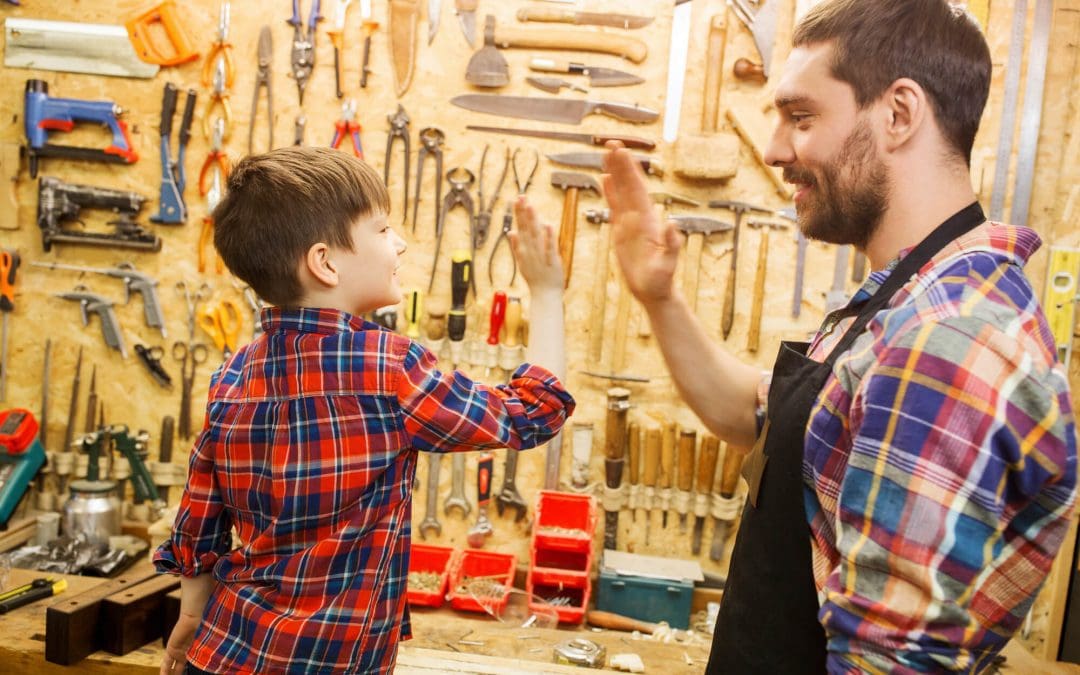Creating a home workshop is a dream for many DIY enthusiasts, woodworkers, and hobbyists. A well-organized, functional workspace can significantly enhance your productivity and creativity. This guide will walk you through the essential steps for building a workshop, from planning and layout to selecting tools and ensuring safety.
Planning Your Workshop Space
The first step in building a home workshop is choosing the best location. Consider the size of your projects and the tools you plan to use. Common locations include basements, garages, or dedicated outbuildings. Ensure your chosen space has adequate lighting, ventilation, and access to electrical outlets.
Designing the Layout Before Building a Workshop
A well-thought-out layout is crucial for efficiency and safety. Start by mapping out your workshop on paper or using design software. Divide your workshop into specific zones for different activities, such as cutting, assembling, and finishing. Keep frequently used tools within easy reach and ensure there is enough room to move around comfortably.
Selecting Essential Tools
Your tool selection will depend on the projects you plan to undertake. For a basic woodworking workshop, consider starting with the following essential tools:
- Workbench: A sturdy workbench is the centerpiece of any workshop. Choose one with a solid surface and storage options.
- Power Tools: Invest in a quality table saw, circular saw, drill press, and power sander. These tools will cover most cutting, drilling, and sanding needs.
- Hand Tools: A selection of hand tools, including hammers, screwdrivers, chisels, and measuring tools, is indispensable for finer work and adjustments.
Organizing and Storing Tools
Proper organization is critical to maintaining an efficient and safe workshop. To store your tools systematically, use pegboards, shelves, and drawers. Label storage areas and keep similar tools together. Consider using mobile tool carts for flexibility and easy access.
Ensuring Safety When Building a Workshop
Safety should be a top priority in any workshop. Equip your workspace with the following safety essentials:
- Personal Protective Equipment (PPE): When working with tools, always wear safety glasses, ear protection, and a dust mask.
- Fire Extinguisher: Keep a fire extinguisher accessible and ensure it is rated for electrical and chemical fires.
- First Aid Kit: Have a well-stocked first aid kit on hand for minor injuries.
- Ventilation: Proper ventilation is crucial, especially when working with paints, solvents, or wood dust. Consider installing an exhaust fan or air purifier.
Adding Finishing Touches
Once the essentials are in place, personalize your workshop to suit your style and workflow. Add ample lighting, such as overhead and task lights, to eliminate shadows and improve visibility. Install a good-quality sound system to enjoy music or podcasts while you work. Consider adding a comfortable chair or stool for breaks and planning sessions.
Maintaining Your Workshop
Regular maintenance will keep your workshop in top condition. Clean your workspace after each session, return tools to their designated spots, and check your equipment for wear and tear. Periodically review and update your tool inventory and workshop layout to adapt to new projects and improve efficiency.
Building a home workshop is a rewarding endeavor that enhances your ability to tackle a wide range of projects. By carefully planning your space, selecting the right tools, and prioritizing safety, you can create a functional and inspiring workshop tailored to your needs. Whether you’re a seasoned woodworker or a DIY novice, a well-organized workshop will serve as the foundation for countless successful projects.
FAQs for Building a Workshop at Home
How do I ensure good lighting in my workshop?
Natural light is the best, so choose a location with windows if possible. Supplement with overhead LED lights, which provide bright, energy-efficient illumination. Task lighting, such as adjustable desk lamps, can focus on specific areas like the workbench or tool stations.
How can I maximize storage in a small workshop?
Install shelves and pegboards on walls to utilize vertical space. Stackable bins and tool organizers can help keep smaller items in order. To save space, consider foldable or retractable workbenches and tables that can be stowed away when not in use.
What are some tips for creating an ergonomic workspace?
Position your workbench at a height that allows you to work comfortably without bending over. Use adjustable stools or chairs to maintain good posture. Arrange tools and materials within easy reach to reduce repetitive strain. Anti-fatigue mats can help reduce stress on your legs and back.
What is the best way to soundproof a workshop?
To reduce noise, insulate walls and ceilings with soundproofing materials such as acoustic foam or mineral wool. Seal gaps around doors and windows to prevent sound from escaping. Installing thick curtains or soundproof panels can also help absorb noise.
Griffin Home Inspection provides inspections in Sumter County, SC, and the surrounding areas. If you’re buying or selling a home, contact us to request our services.

